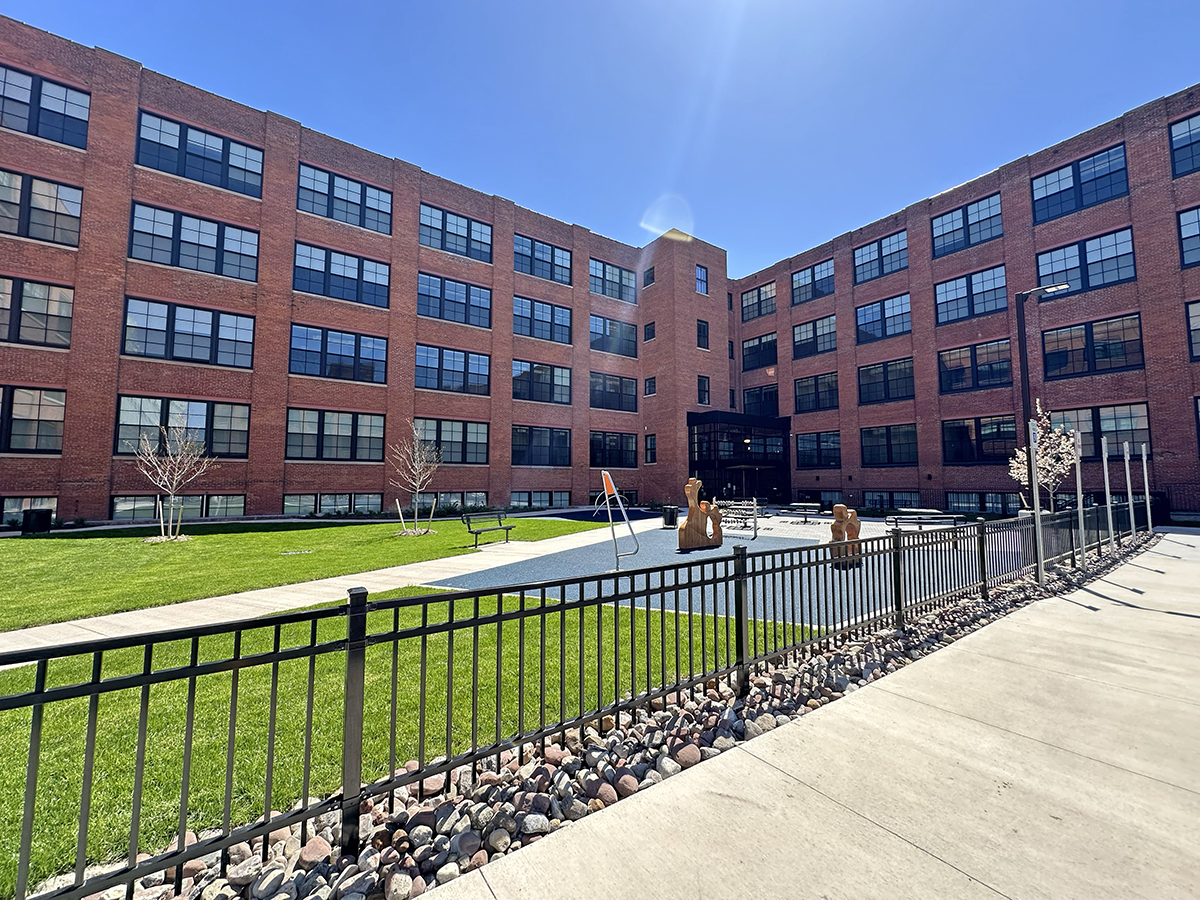Steering the Complex Terrain of Compliance Guidelines for Network Protection in Multi-Dwelling Residences to Guarantee Resident Security and Data Safeguarding
Wiki Article
In the current society, many people live in multi-dwelling buildings, including flat buildings and condominiums. Such locations frequently utilize common infrastructures for internet and other amenities. Although this arrangement can be beneficial, it also raises significant questions about system safety and regulatory standards. Guaranteeing the security of residents and safeguarding their information is essential. This piece will explore the intricate environment of compliance standards for network safety in multi-dwelling units, emphasizing how these standards assist maintain tenants secure and secure.
One of the primary regulatory standards that pertain to network security is the EU Information Protection Regulation (GDPR). This regulation is designed to safeguard personal data and confidentiality for persons inside the European Union. Although it mainly applies to businesses functioning in the EU, its tenets can influence procedures in different regions as well. For multi-unit buildings, complying to GDPR means implementing robust data safeguarding measures. This entails making sure that residents' individual information is gathered, kept, and processed securely. By adhering to these guidelines, building administrators can help build trust with tenants and guarantee their data is protected from unauthorized intrusion.

A further important guideline is the Healthcare Insurance Flexibility and Responsibility Act (HIPAA), which safeguards sensitive patient information in the medical industry. In multi-dwelling units, particularly those that offer healthcare services or have tenants with specific medical needs, adherence with HIPAA is crucial. This means that any medical information collected from residents must be maintained private and secure. their website Property administrators must make sure that their system infrastructures are designed to prevent information leaks and unauthorized access. By taking these steps, they not only adhere with legal requirements but also foster a secure residential environment for all residents.
Alongside GDPR and HIPAA, the Payment Payment Industry Information Protection Guidelines (PCI DSS) is another critical compliance guideline. This guideline is especially relevant for multi-dwelling buildings that process credit card transactions for rent or services. PCI DSS outlines protection protocols that must be implemented to protect cardholder information. This entails securing sensitive information and regularly monitoring network safety. By following PCI DSS guidelines, property administrators can minimize the threat of data breaches and protect tenants' monetary data, which is vital for maintaining their trust and safety.
Finally, it is crucial for multi-unit buildings to remain updated on local and national regulations regarding system safety. Regulations and guidelines can evolve, and staying informed is crucial for compliance. Property administrators should frequently assess their safety protocols and practices to ensure they meet current requirements. This preventive strategy not only assists in maintaining adherence but also improves the overall security of the network. By prioritizing resident safety and information safeguarding, multi-dwelling units can establish a safe residential space that fosters trust and peace of mind among residents.
To summarize, traversing the intricate environment of compliance guidelines for system safety in multi-dwelling units is crucial for ensuring resident safety and data safeguarding. By comprehending and applying guidelines like GDPR, HIPAA, and PCI DSS, building administrators can establish a secure space for their tenants. Staying informed about regional laws and frequently assessing safety protocols further improves this dedication to security. In the end, a robust emphasis on adherence not only safeguards tenants but also builds a sense of community and confidence among multi-unit units.